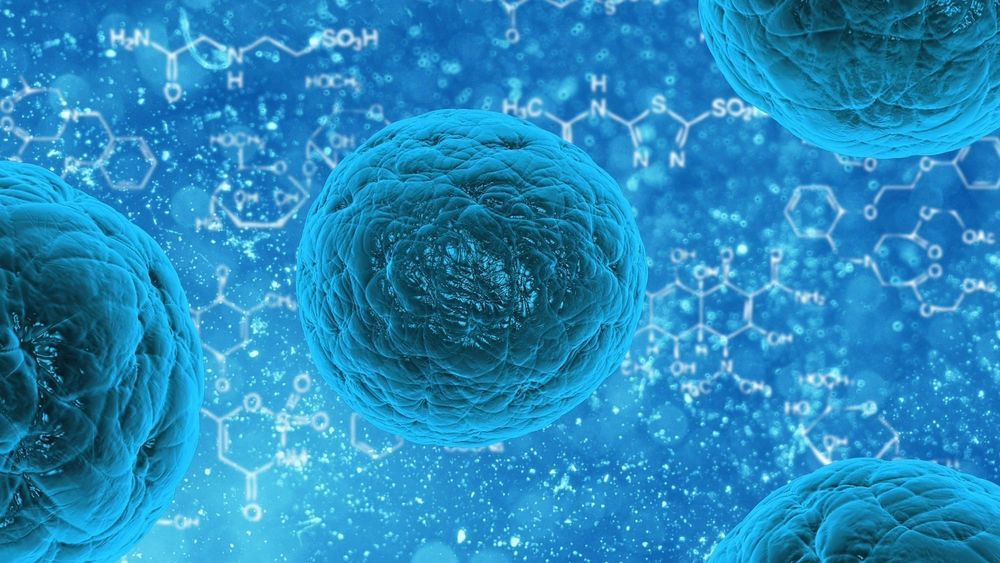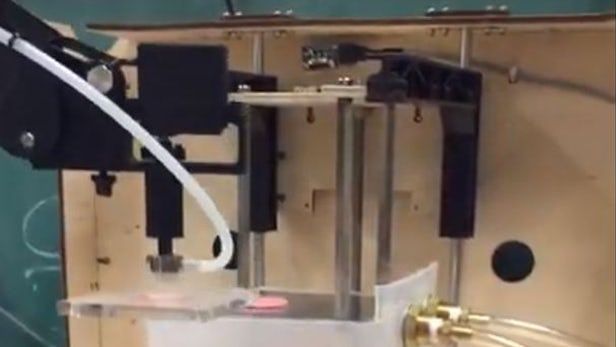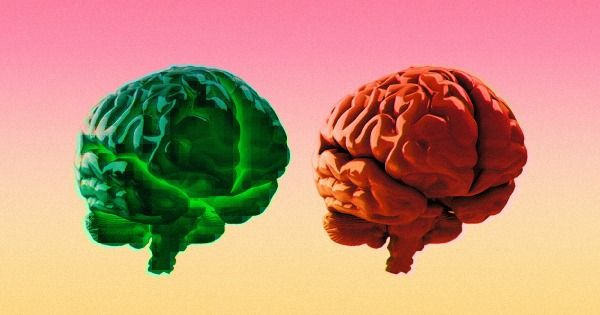A woman has regained full consciousness after 28 years in a vegetative state. Munira Abdulla suffered a severe brain injury a car crash in the United Arab Emirates (UAE) in 1991 – when she was 32. “I never gave up on her because I always had a feeling that one day she will wake up,” her son Omar Webair.
Scientists said Tuesday they might have detected the first known seismic tremor on Mars in a discovery that could shed light on the ancient origins of Earth’s neighbour.
A dome-shaped probe known as SEIS landed on the surface of Mars in December after hitching a ride on NASA’s InSight spacecraft.
Its instruments measure surface vibrations caused by weather but are also capable of detecting movement from deep within the planet—so called “marsquakes”—or those caused by meteorite impacts.
Keith Comito, interviewed by Adam Ford at the Undoing Aging 2019 conference in Berlin, discusses why solving the diseases of old age is a powerful cause.
How can solving aging reduce suffering? What are some common objections to the ideas of solving aging? How does Anti-Aging stack up against other cause…
Scientists at the University of Bristol have invented a new technology that could lead to the development of a new generation of smart surgical glues and dressings for chronic wounds. The new method, pioneered by Dr. Adam Perriman and colleagues, involves re-engineering the membranes of stem cells to effectively ‘weld’ the cells together.
Cell membrane re-engineering is emerging as a powerful tool for the development of next generation cell therapies, as it allows scientists to provide additional functions in the therapeutic cells, such as homing, adhesion or hypoxia (low oxygen) resistance. At the moment, there are few examples where the cell membrane is re-engineered to display active enzymes that drive extracellular matrix production, which is an essential process in wound healing.
In this research, published in Nature Communications today, the team modified the membrane of human mesenchymal stem cells (hMSCs) with an enzyme, known as thrombin, which is involved in the wound healing process. When the modified cells were placed in a solution containing the blood protein fibrinogen, they automatically welded together through the growth of a natural hydrogel from the surface of the cells. The researchers have also shown that the resulting 3D cellular structures could be used for tissue engineering.
In an effort to scale up the manufacture of biomaterials, researchers at UC Berkeley have combined bioprinting, a robotic arm, and flash freezing in a method that may one day allow living tissue, and even whole organs, to be printed on demand. By printing cells into 2D sheets and then freezing them as assembled, the new technique improves cell survival during both building and storage.
The laser sensors currently used to detect 3D objects in the paths of autonomous cars are bulky, ugly, expensive, energy-inefficient – and highly accurate.
These Light Detection and Ranging (LiDAR) sensors are affixed to cars’ roofs, where they increase wind drag, a particular disadvantage for electric cars. They can add around $10,000 to a car’s cost. But despite their drawbacks, most experts have considered LiDAR sensors the only plausible way for self-driving vehicles to safely perceive pedestrians, cars and other hazards on the road.
Now, Cornell researchers have discovered that a simpler method, using two inexpensive cameras on either side of the windshield, can detect objects with nearly LiDAR’s accuracy and at a fraction of the cost. The researchers found that analyzing the captured images from a bird’s-eye view rather than the more traditional frontal view more than tripled their accuracy, making stereo camera a viable and low-cost alternative to LiDAR.
The strongest synthetic materials are often those that intentionally mimic nature.
One natural substance scientists have looked to in creating synthetic materials is nacre, also known as mother-of-pearl. An exceptionally tough, stiff material produced by some mollusks and serving as their inner shell layer, it also comprises the outer layer of pearls, giving them their lustrous shine.
But while nacre’s unique properties make it an ideal inspiration in the creation of synthetic materials, most methods used to produce artificial nacre are complex and energy intensive.
AI Overlords
Musk has repeatedly warned of evil AI overlords in the past, saying that AI could become “an immortal dictator from which we could never escape” in a 2018 documentary called “Do You Trust This Computer?”
Most of what Neuralink is working on, including any plans for a brain computer interface, are still tightly under wraps. In one tantalizing clue, Bloomberg recently reported on a still unpublished academic paper by five authors who have been employed by or associated with Neuralink — though it’s unclear whether Musk’s tweet referred to their work.
A team of researchers at York University has warned that the American bumblebee is facing imminent extinction from Canada, and this could lead to “cascading impacts” throughout the country.
The imminent extinction classification is considered the highest and most at-risk classification before extinction.
About 42 of the more than 850 species of bees in Canada are bumblebees — important pollinators needed to grow crops, including apples, tomatoes, blueberries and legumes, as well as trees, shrubs and wildflowers.









